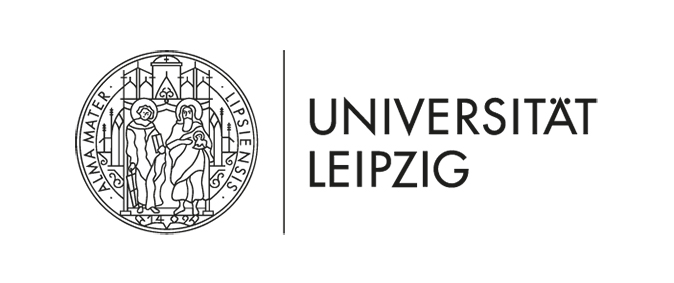|
14th Annual Symposium Physics of Cancer Leipzig, Germany Oct. 4 - 6, 2023 |
PoC - Physics of Cancer - Annual Symposium | |||||||||||||||
|
|
Contributed Talk
Monitoring biophysical changes of tumor cells in confining 3D microenvironments: From single cells to multicellular structures
Contact:
Tumors are mechanically altered across multiple spatial scales, from the cellular to the tissue level and these changes contribute to cancer progression. Effects of such mechanically altered microenvironments on tumor cells are well studied in a systematic manner using bioengineered 3D in-vitro models. Previous studies indicate that tumor spheroids adapt their growth and mechanical properties when grown in confining 3D microenvironments. Still, temporal dynamics and molecular basis of this mechanical adaption remain poorly understood. Here we cultured single breast cancer cells to form tumor spheroids in 3D mechanically well-defined ECM mimicking biohybrid hydrogels. Stiffness changes of hydrogels were associated with changes in cell morphology, gene expression and spheroid growth. We then used Brillouin microscopy for quantitative in-situ mechanical measurements. It revealed that single cancer cells and tumor spheroids altered their mechanical properties under confinement and when invading out of tumor spheroids. Unexpectedly, stiffened 3D microenvironments had no effects on nuclear volumes neither of single cells nor mechanically confined spheroids. Drastic decreases in cell volumes and increased Brillouin frequency shifts were detected though, when single cells gave rise to multicellular structures. Drugs interfering with cell-cell junctions and intermediate filaments, but not F-actin filaments or microtubules, affected the mechanical phenotype of tumor spheroids. Taken together, our study provides insights into how tumor cells adapt their volumes and mechanical properties to microenvironment stiffness and confinement and when forming multicellular and invasive structures, which is relevant to tumor formation and progression.
|









